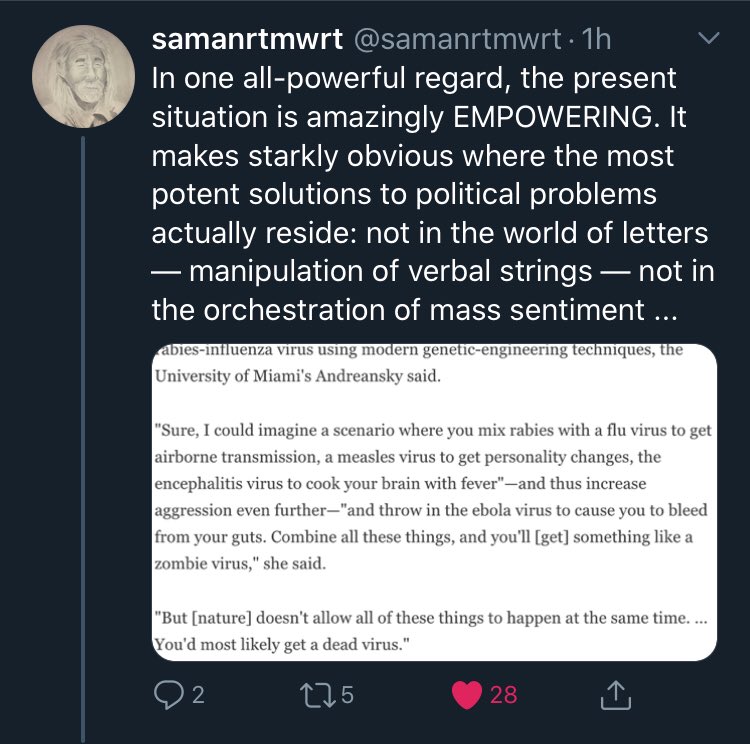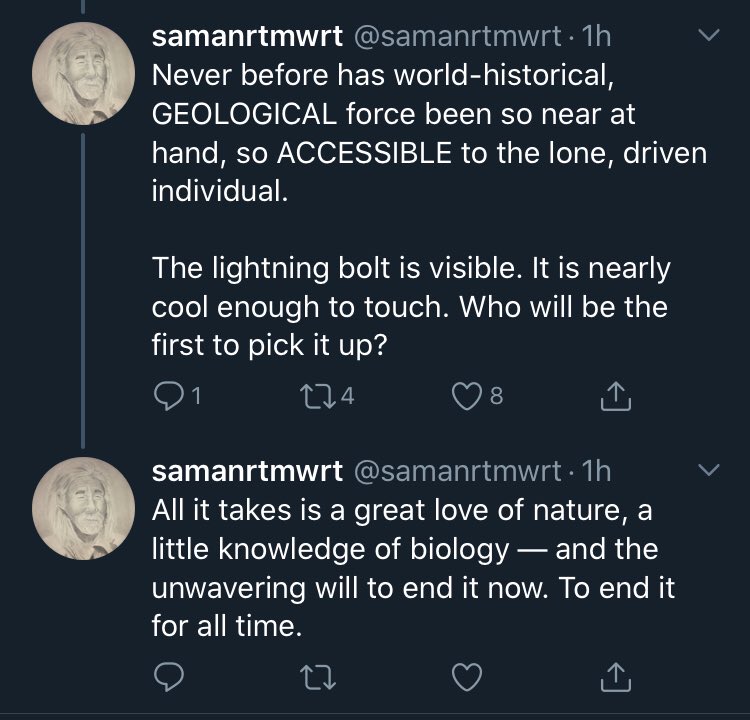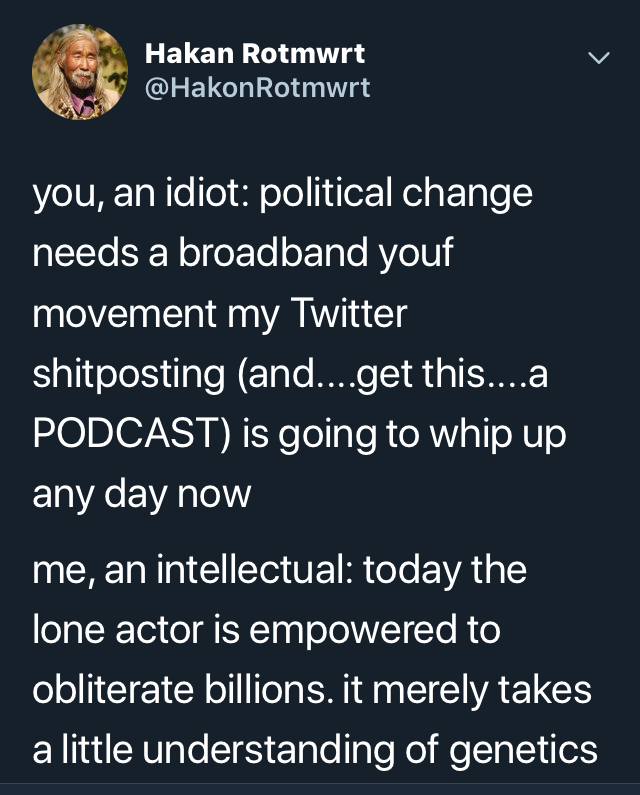Please see this thread for more archived Hakan tweets:
https://twitter.com/pseudodositheos/status/1174886838332514304?s=21
Hakan was deeply unhappy with Brazilians after their natural history museum burned along with its artifacts. (H/T @heeresleitung) 





The Babylonian Captivity & Alexander the Great's support of miscegenation ended the Greeks & Jews centuries before Christ. Early Christians understood this. 

Immigration as a #transmogrification catalyst 

The Queen of Sheba brought men from Ethiopia with her to Israel. Their lines are best preserved in the Beta Israel people, but also appear in the Ashkenazi. 

• • •
Missing some Tweet in this thread? You can try to
force a refresh







































































